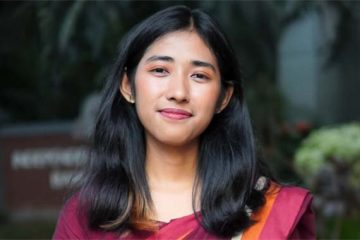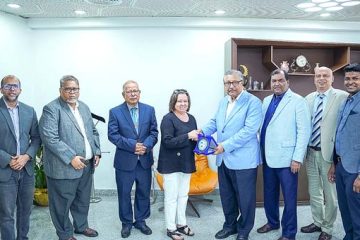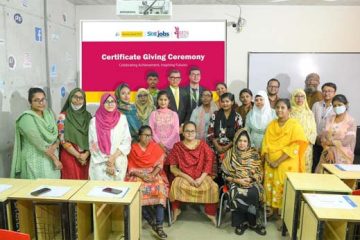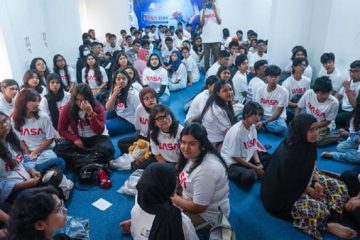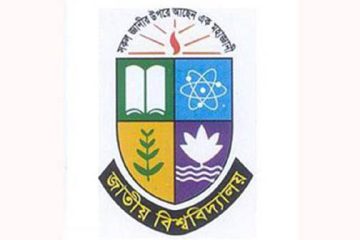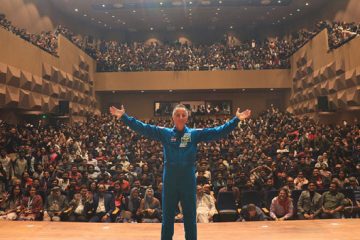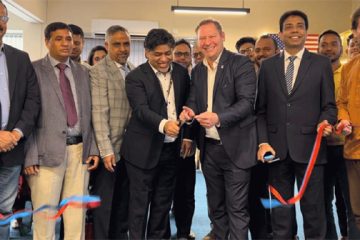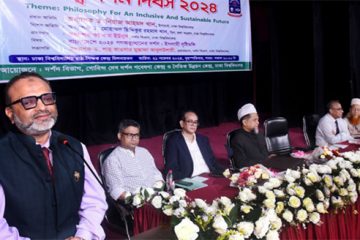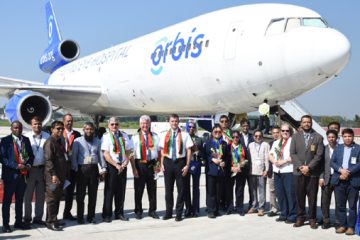Almost 70 per cent of the capital is outside the sewerage network of Dhaka Water Supply and Sewerage Authority resulting in significant amounts of untreated sewage goes
straight into rivers, canals and other water bodies.
DWASA superintending engineer AKM Shahiduddin acknowledged that at present the authority’s sewerage network covers only 30 per cent areas of the capital.
DWASA officials, however, blame house owners, who evade government service charges by linking their sewage discharge connection directly to the storm water drainage instead of setting up a sewage management network.
Most buildings in Mirpur, Uttara, Kafrul, Baridhara, Kalyanpur, Amin Bazar, Gulshan, Mohakhali, Banani, Badda and other adjoining areas discharge sewage directly into water bodies, as there is no sewage network in these areas, said a DWASA official seeking anonymity.
He said that the house owners should be spending money to build ‘soak wells’ which – other than connecting to the sewerage system – is the other main method in Bangladesh to deal with toilet sewerage management. These however can be expensive.
Bangladesh Paribesh Andolan secretary general Md Abdul Matin criticised the authority for failing to have an adequate sewerage network throughout Dhaka which meant that waste was being dumped in rivers, canals and other water bodies, causing serious water pollution.
He said that on June 1, 2011 the High Court had directed the government to seal off all sewerage and industrial waste lines linked to the river Buriganga within a year to prevent pollution of its water.
Matin said that untreated sewage from the area within the Dhaka-Narayanganj-Demra embankment goes into the river Sitalakhya via different canals.
He stressed that the area must be brought under the authority’s sewerage network by upgrading the existing Pagla treatment plant.
Another official said that no sewage lines of the authority went directly into river and that its sewage lines went to Pagla Sewage Treatment Plant and the waste dumped into the river after being treated.
He said that the authority had Storm Water Drainage Pipe Lines connected to the Buriganga for draining out rain and flood water from the capital but a section of dishonest people dump waste into those pipes at night and some others have made illegal sewage connections to the pipes which pollute the river.
Bangladesh University of Engineering and Technology professor Mujibur Rahman said that 20 per cent of the city’s population was served by the single treatment plant, 45 per cent had septic tanks, 15 per cent had sealed pit latrines and the remaining 20 per cent had no hygienic way of dealing with the domestic waste.
He said that the people who make new buildings in the capital should seek permission from the authority for obtaining sewerage connections and that the authority should be responsible for monitoring the construction of these connections.
Mujibur also suggested that improvements could be made through proper coordination between DWASA, Rajdhani Unnayan Kartipakkha and Dhaka South and Dhaka North city corporations.
The city dwellers generate around 16 lakh cubic metres of personal waste every day, a major portion of which gets directly mixed with the waters of rivers, lakes and canals due to the poor practice of the house owners, said DWASA superintending engineer AKM Shahiduddin.
He said, ‘Pagla sewerage treatment plant has a capacity to treat 120,000 cubic metres of waste every day, but the authorities say it only treats 30,000 cubic metres.’
The authority is preparing a 23-year sewerage master plan to bring the whole Dhaka city under its network and the plan would be implemented in three phases at a cost of US$ 2 billion, he added.
In the first phase, Pagla Sewerage Treatment Plant will be improved so that it can use its full capacity of treating 1.2 lakh cubic metres of waste, said Shahiduddin.
-With New Age input



